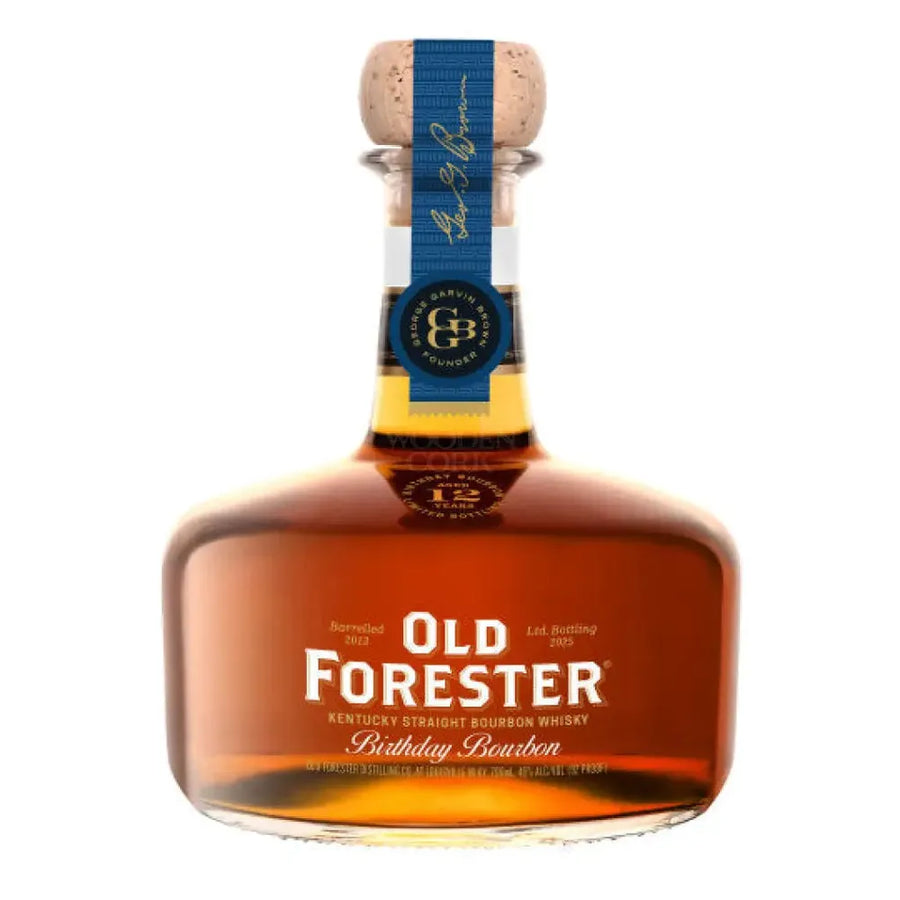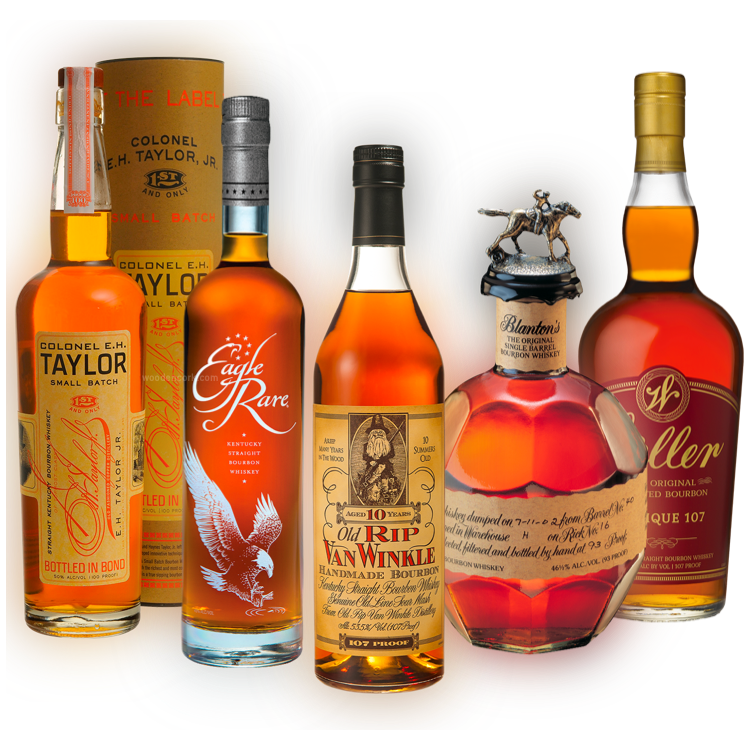What Exactly Are Craft Spirits?
What exactly is a craft spirit? The answer depends on whom you ask.
Numerous retailers have embraced the concept of American craft spirits as an efficient marketing term, creating shelf areas to accommodate the explosion of new brands. Some small distillers lean hard on the term as a way to emphasize their farm-to-table bona fides and stand out in a crowded market. Many of their brethren, however, turn up their noses as if they just smelled acetone in their whiskey when they hear the word. Journalists love to use “craft” as shorthand to describe a small distillery, but without much scrutiny into what makes an operation ‘craft.’
In other words, if craft is meant to stand for a specific type of production, or quality standard, or anything beyond a marketing position, there’s no universal definition.
“We find that consumers do not have a clear definition of craft; it is more of a trade term,” says Jeff Agdern, senior vice president, new brand ventures for Pernod Ricard USA, which recently bought West Virginia distiller Smooth Ambler. “There is inconsistency in how to define craft. We don’t look at our brands as craft or non-craft. Brands like Smooth Ambler and Monkey 47 are brands that have an authentic heritage, provenance, passionate founders, strong distillation and a brand story to tell.”
Danielle Eddy has worked with small distillers as an advisor and publicist since 2009 and has seen the evolution of the term to become an all-encompassing, but not very meaningful, descriptor. “If I make you a macaroni necklace, and I sit down and make the pasta and dry it and weave the string and shave my own glitter, but someone else buys Ronzoni and twine and Elmer’s glue – is hers any less than an arts-andcrafts project than mine,” she asks rhetorically. “No, because in the end we both crafted that necklace.”

Paul Hletko, founder of FEW Spirits and president of the American Craft Spirits Association, helped create the standards member-distillers must meet, and even he doesn’t insist that the word means something specific. “‘Craft’ is something very challenging to define, because at the end of the day the consumer is the one who defines what craft is, and has the right to define it,” he says.
“They are also entitled to accurate information about what they buy,” he adds. That refers to what whiskey writer Chuck Cowdery tagged “Potemkin distillers,” or companies that sell contract spirits under their own name, obscuring facts about origin. It’s a thorny issue within the craft industry, although consumers seem unperturbed by the practice.
Scope Of The Issue
It’s difficult to pinpoint the size of the industry. But according to the Craft Spirits Data Project (led by the ASCA, International Wine and Spirits Research, and Park Street), craft spirits represent about 3.8 million of the nearly 211 million cases of spirits sold annually in the U.S., with the average craft distiller selling about 3,200 cases per year. The study follows ACSA guidelines, including only distillers whose volume is below 400,000 9-liter cases, independently owned and operated, with no more than 25% capital and operating control coming from a non-craft producer, now estimated at 1,400-plus businesses. Goldman Sachs predicted that consumer trends like authenticity, quality and premiumization mean craft spirits could more than double volume to 11 percent by 2020.
For the most part, whiskey has been the major driver of interest in craft spirits – whether bourbon, single malts or new recipe whiskeys. Citrusy, low juniper gins are also gaining traction, and recently more amaros, vermouths and cordials seem to be finding a market. In any case, defining what is and isn’t craft has been tricky.
“Being a new industry within an industry, our board spent lots of time discussing this issue of craft,” says Margie A. S. Lehrman, executive director of the ACSA. “And the board decided if we’re asking the consumer to define craft, it’s only fair to make sure the consumer has the transparency from us needed to do so.”
“The interesting thing is I don’t see a lot of fighting about this from producers,” Hletko says. “The disagreement comes in because people are trying to force the definition. Distributors and retailers are happy with the title, but I think it’s a challenge to define craft because that’s what’s being used to define us.”
In addition to generous volume limits and ownership restrictions (the ACSA wants to avoid the gyrations the craft brewers have gone through to keep booming businesses under their craft umbrella), the organization established an ethics code – and some former members have been shown the door, Lehrman says. “Our ethics committee regularly looks at questions raised about members’ labels. They can lose their membership if they don’t revise the label, their marketing or what’s in the product after a determination by the ethics committee.”
Volume Or Quality?
The growth of craft spirits is often compared to craft beer, but Hletko points out a major distinction. The gap in flavor, style and even quality between mass market beers and what has been popularized by craft brewers was fairly clear from the start. With spirits, though, it’s reasonable to pose the question: Is a whiskey produced the same way for 100 years considered craft, as opposed to some neutral grain spirit bought from a large distillery, then redistilled or bottled by an entrepreneur? “It’s important to make distinctions, and the burden is on industry to be truthful and accurate and leave it to the consumer,” he says.
Nowhere in the ACSA bylaws does the group attempt to define a craft spirit beyond the volume, ownership and transparency limitations, and the relevant federal agencies have provided little guidance. Quality, always subjective, is rarely addressed. Although Dave Pickerell, a consulting distiller for brands such as Whistle Pig and Hillrock, is happy to oblige.
“I’m a pariah in the craft industry in some ways because from the beginning when some distillers started using the term ‘craft,’ I fought them tooth and nail and asked them to consider calling themselves small and independent rather than craft. ‘Craft’ implies a certain level of artistry and mastery and there are certainly large-scale spirits that are well made and small scale spirits that are not. Trying to define the term craft is difficult, and sooner or later the little guys are going to pick a fight with the big guys over ‘craft’ and they’re going to lose.”
Rather than the craft designation, he prefers the people he works with aim higher and develop a product that can compete without any qualifying moniker, to prevent being attached to trends. “At the end of the day it’s the buying power of the Millennials that’s moving this along – they will pay good money because something’s local or sustainable or gluten-free or GMO-free or new and different, and for them it’s not so much about quality.”
While some craft brands have done well packaging spirits they’ve sourced, rather than produced, many of the large distillers have left the bulk market and now small producers will be living or dying by what they make themselves. Retailers who feature these spirits can also be ambivalent.
“It’s tricky – you’ll have people that will resurrect old labels with sourced juice, but sometimes that sourced juice from Indiana is sometimes better than the small-barrel stuff someone else made,” says Andrew Bowman, owner of Andrew’s Wine Cellar in Oswego, NY. “We’ll soon be at a point when some of the real craft distillers start releasing what they’ve been making. That’s when we’ll see what stands out and which are more marketing buzz.”

The Cost Of Acquisition
Now that Westland Distillery, Seattle-based maker of an American single malt, has been acquired by Remy Cointreau USA, it falls outside the ACSA ‘craft’ definition. What sort of impact would that have on its reputation?
“We have never called ourselves a craft distillery,” says cofounder Matt Hofmann. “There are many great spirits made by the big companies out there. There’s room for improvement, but it’s a different set of circumstances. They’re making great whisky in Scotland and we’re not about ‘us versus them.’ We want to make single malt whiskey here because the Pacific Northwest is a great place to do so.” To him, spirits like his are better compared to the advent of new world wines versus old than compared to craft beer.
Hofmann points out that, given most small distillers must charge more than big companies, too much reliance on the “craft” distinction is a losing proposition. “What is the actual point of differentiation? We’re one of the few American distillers making only single malt and that’s what we focus on when we tell our story. I think a lot of people miss the opportunity to tell their story by focusing on ‘craft’ instead.”
It’s ironic that Westland now isn’t entitled to the term craft via the ACSA definition; American malt whiskey, made with varieties of barley developed for flavor and aged in rare Pacific Northwest oak – these are the points of differentiation most likely to appeal to consumers interested in ‘craft.’
It’s certainly what Agdern believes. “To break through in a crowded category, a brand needs an authentic history and a talented founder with a strong story to share with its consumers.”
Bowman has found it hard to sell small-producer vodka at higher prices, although the many citrusy gins coming from small producers are creating a new market. Big issues coming up include shelf space. “There are so many more brands and you just can’t carry everything,” he says. American single malt, gin and mezcal have been on a steady rise for him, and given that most mezcal producers are small, independent and hand-made, the Mexican spirit fits neatly into the craft zeitgeist.
Eddy, like others, says that the innovations and experiments – with new grains and grain combinations, wood finishes, barrel sizes and aging, botanicals and even packaging, make the small distillers a kind of research and development source for the large distillers, but many of the products would be best off staying local.
Given the current fragmentation in the marketplace – the top five brands in most categories are down about 5% in the past five years, Agdern says – more regional and emerging brands are taking share. “We are seeing local and regional preferences on brands, and the local affinity is driving and creating the fragmentation in the marketplace,” he says. “Our focus is on incubating brands to grow regionally and potentially nationally, if appropriate.
And things are accelerating. “We’re going to start seeing a flood of craft-distillery products shortly, and in my opinion the growth of the craft distilleries is exceeding the demand,” Hofmann says. “It’s tough to succeed with a craft bourbon when you can get great bourbon from Buffalo Trace or Four Roses for around $25 in Washington. It’s hard to make the case to the consumer that your product is worth that extra jump in price.”
The current feeding frenzy as large distillers invest in or take over the smaller fish is only beginning, Pickerel says. How they manage “craft” as a concept and a business will be increasingly important, especially as producers distilling 50,000 cases or so scale up.
Meanwhile, whether the consumer realizes it or not, the debate will go on.
“If you ask two of our board members, they will have different descriptors for what they do,” Lehrman says. “It’s a wonderful discussion and I’m not certain I’ve heard one definition that fits everything and everyone.”
Jack Robertiello is the former editor of Cheers magazine and writes about beer, wine, spirits and all things liquid for numerous publications. More of his work can be found at jackrobertiello.com.
The post What Exactly Are Craft Spirits? first appeared on Beverage Dynamics.




